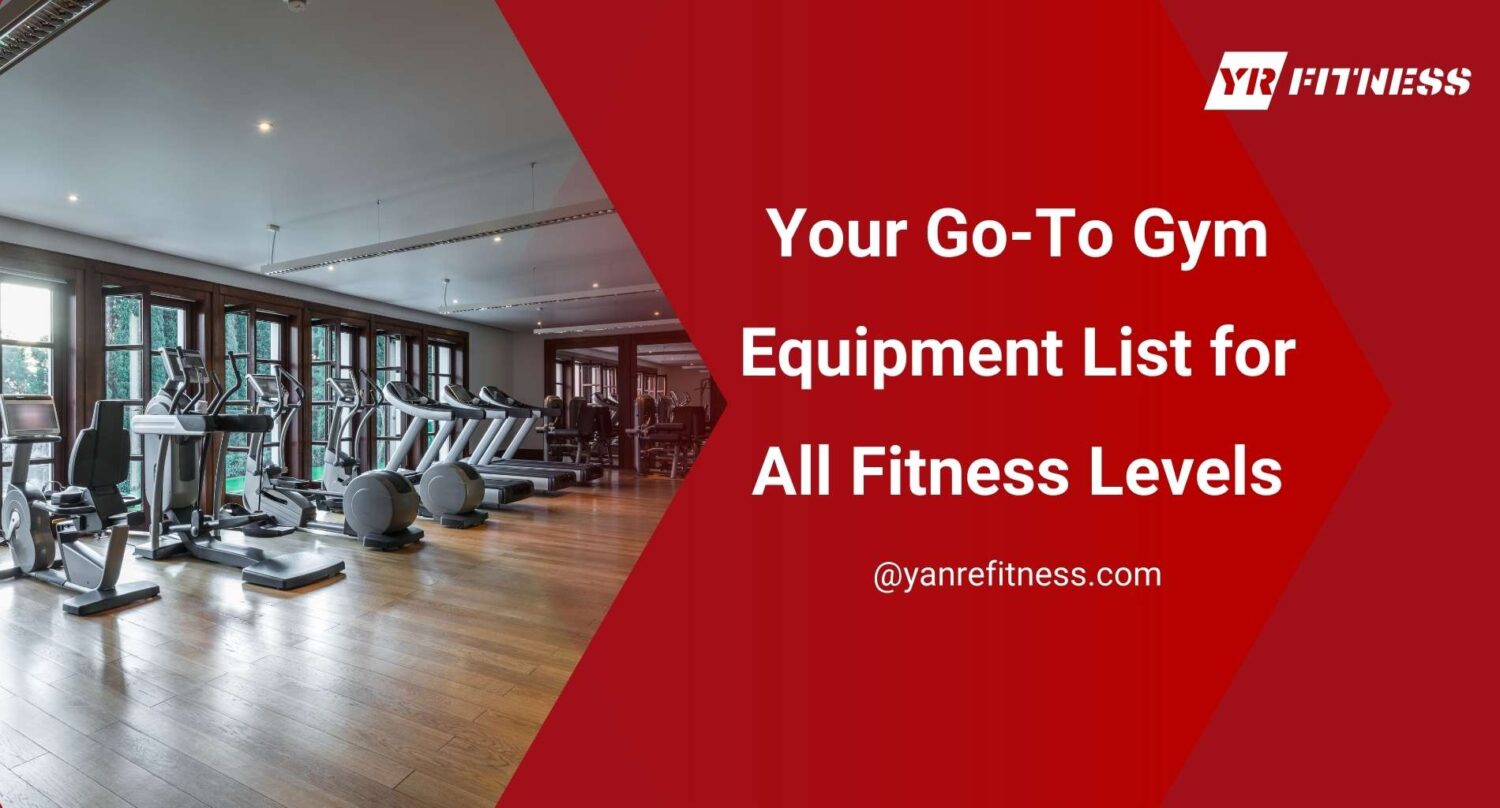I still remember the first time I stood in a bare workout space.
No machines. No weights. Just questions.
What do you actually need? What’s useful for beginners and experienced lifters? What ends up forgotten in a corner?
Over the years, I’ve worked closely with people setting up and expanding their fitness spaces. I’ve seen what works—and what ends up being a waste of money.
This guide gives you a complete, balanced equipment list. One that supports anyone, at any level.
You’ll leave with the tools to build a space that truly works—from day one. By the end, you’ll know exactly what to choose so anyone can walk in, start training, and feel like they belong.
So let’s get started!
Table of Contents
1. Functional & Bodyweight Training Equipment
When I first started helping gyms choose equipment, I noticed something right away—most places didn’t have enough gear for beginners and advanced users to train together.
That’s where functional and bodyweight tools come in. They’re simple, space-saving, and work for just about everyone. Whether you’re setting up a compact studio or adding variety to your gym floor, this gear fills the gap—especially when paired with smart social media tips that attract new members.
You don’t need machines to get strong. You just need the right tools.
Resistance Bands & Loops
I’ve lost count of how many times I’ve used these.
They’re cheap. Easy to pack. And they work for so many things—warm-ups, rehab, mobility drills, and even strength work.
What makes them great?
- Come in different resistance levels
- Fit all body types
- Help with form and control
If you’re selling gear, they’re a no-brainer. Low cost. High markup. And they don’t take up any space.
Bonus? Trainers love using them for clients who need extra support or control during movements like squats or bridges
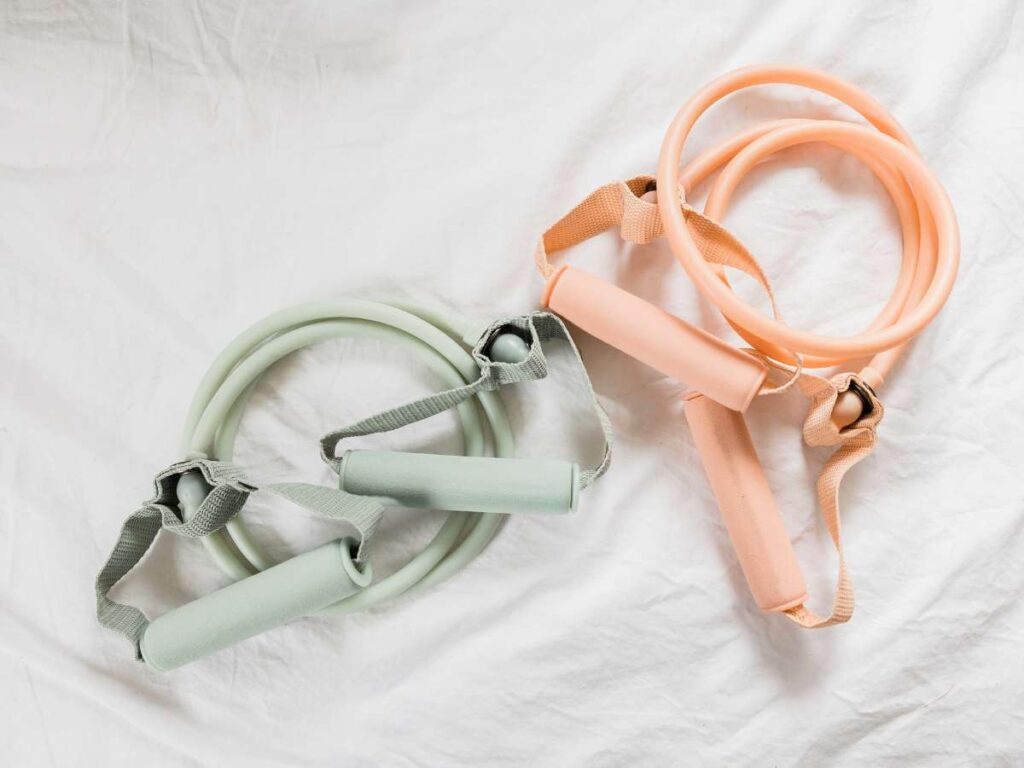
TRX / Suspension Trainers
This was the first tool I used in a garage gym. Hung it on a door. Total game-changer.
TRX and similar systems use your own bodyweight. But they don’t feel like typical bodyweight exercises.
Why?
- You adjust the difficulty by changing your body angle
- You work your whole body—especially your core and stabilizers
- Great for small group classes and 1-on-1 training
They don’t need much room either. Just a solid anchor point and some open space.
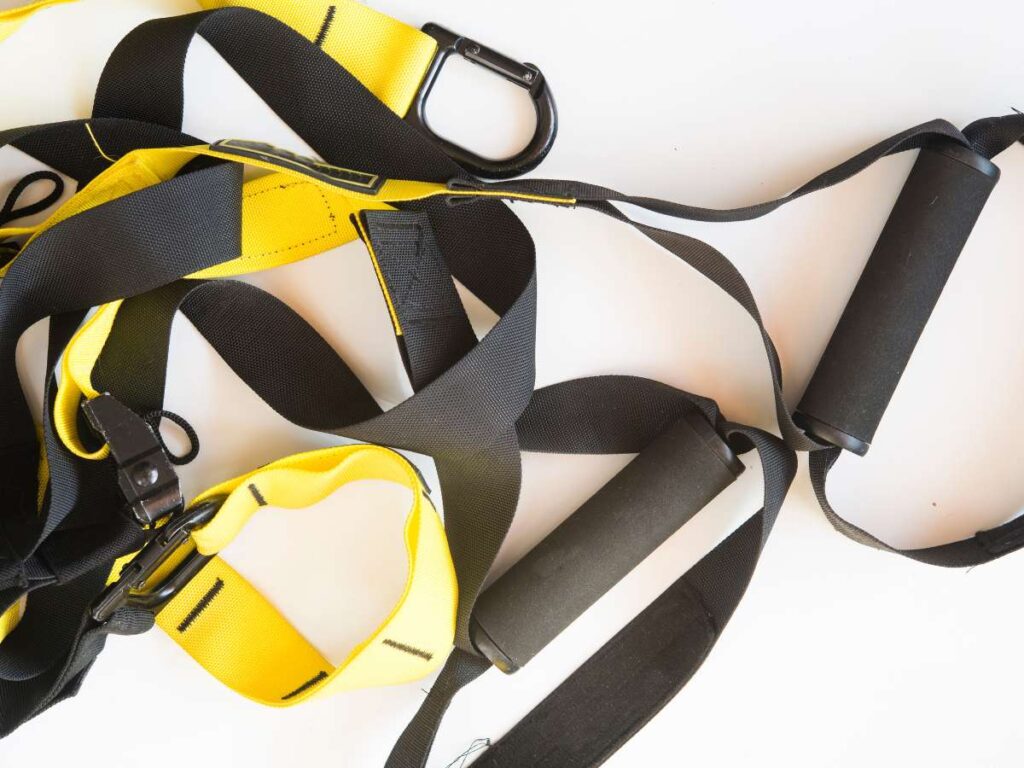
Plyometric Boxes
I still remember my first box jump. Missed it. Scraped my shins. Lesson learned—foam boxes are worth it.
These boxes are perfect for:
- Jump training
- Step-ups
- Bulgarian split squats
Go for non-slip surfaces or soft foam to avoid injury. Stackable options save space—huge plus for smaller gyms.
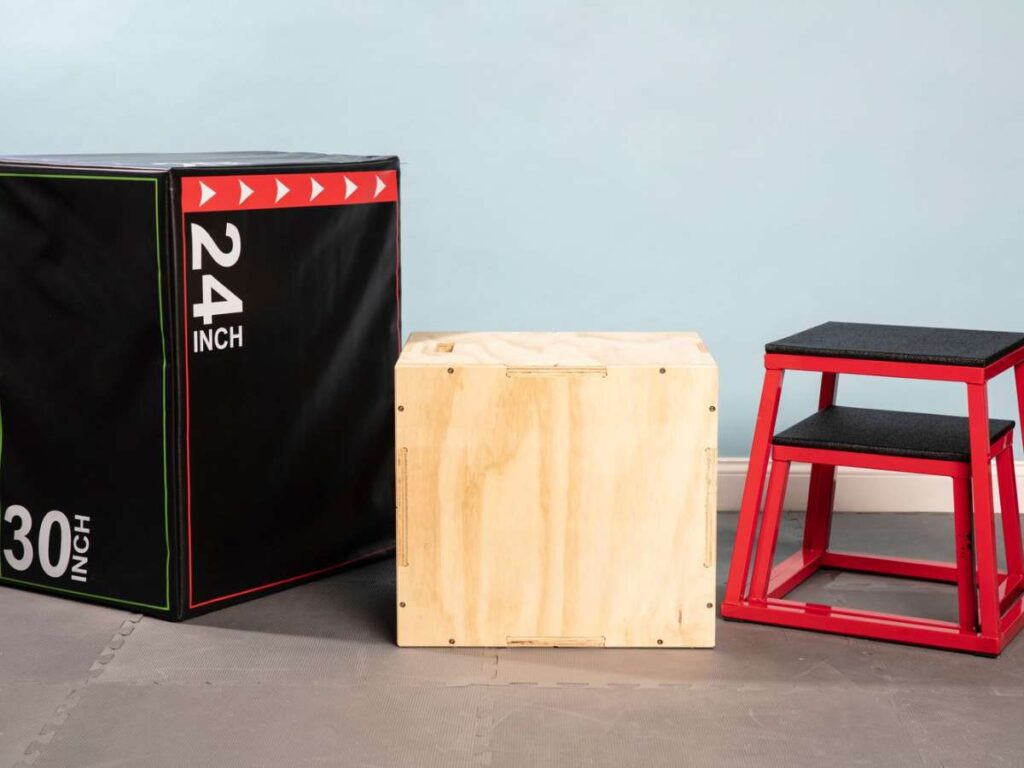
Battle Ropes
Want something that looks intense but fits all fitness levels? Ropes are it.
They train:
- Grip strength
- Core power
- Cardio conditioning
Just make sure you’ve got 10–15 feet of room and a solid anchor. You can run them in classes or 1-on-1. They never get bored.
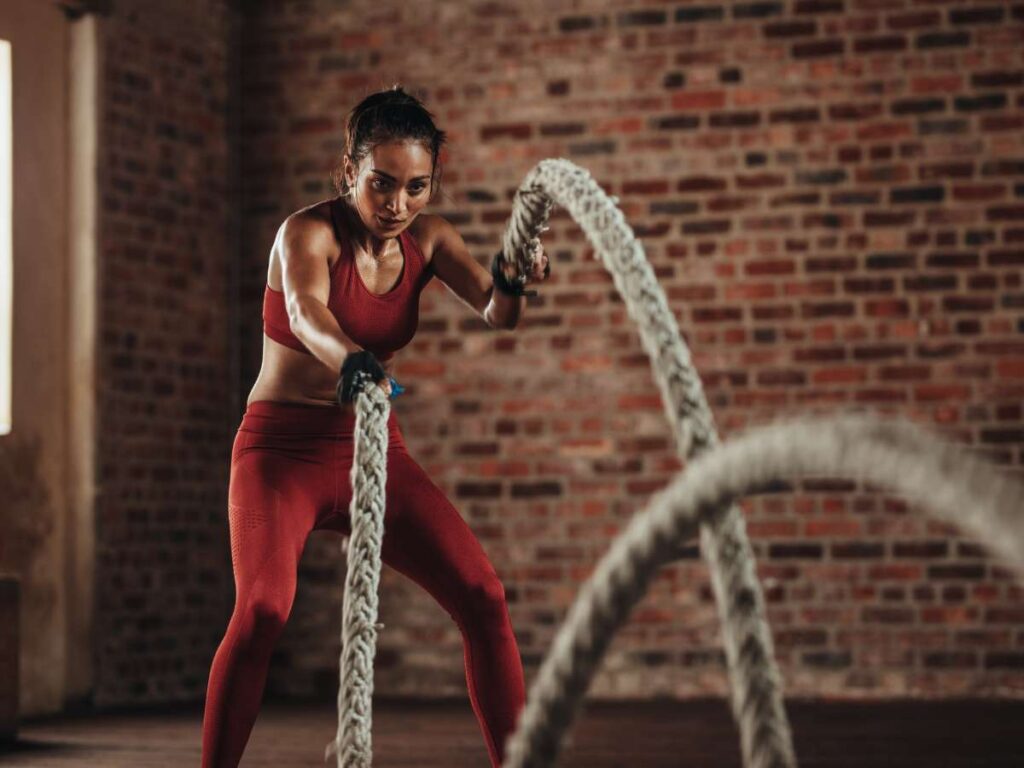
Medicine Balls & Slam Balls
These get people moving fast. I’ve used them for wall throws, slams, and partner drills.
They’re ideal for:
- Core work
- Balance drills
- Rotational training
Offer different weights (4–20 kg) so everyone has a challenge.
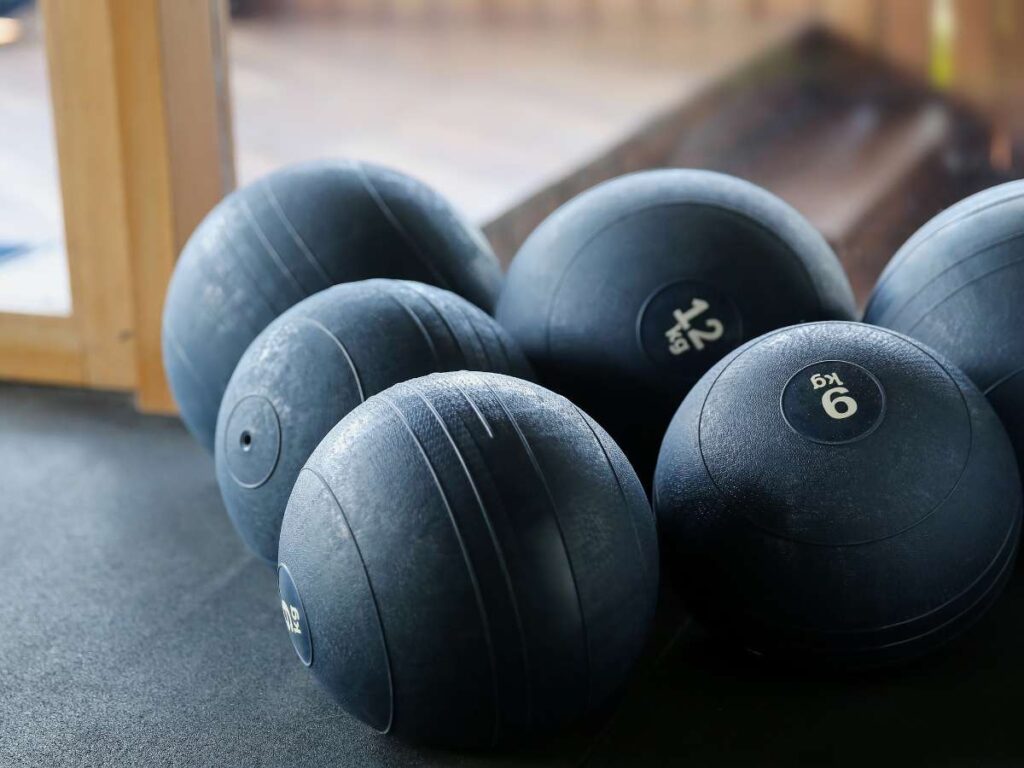
Pull-Up Bars & Dip Stations
Pull-ups are tough. But that’s what makes them great.
Wall-mounted or freestanding units take up very little space. And you can scale difficulty:
- Add bands for support
- Add weight vests for more challenge
Most gyms I visit don’t have enough of these. But users always ask for them. Simple gear. Big payoff.
Functional tools don’t need to be fancy. They just need to work—for every person who walks through their doors.
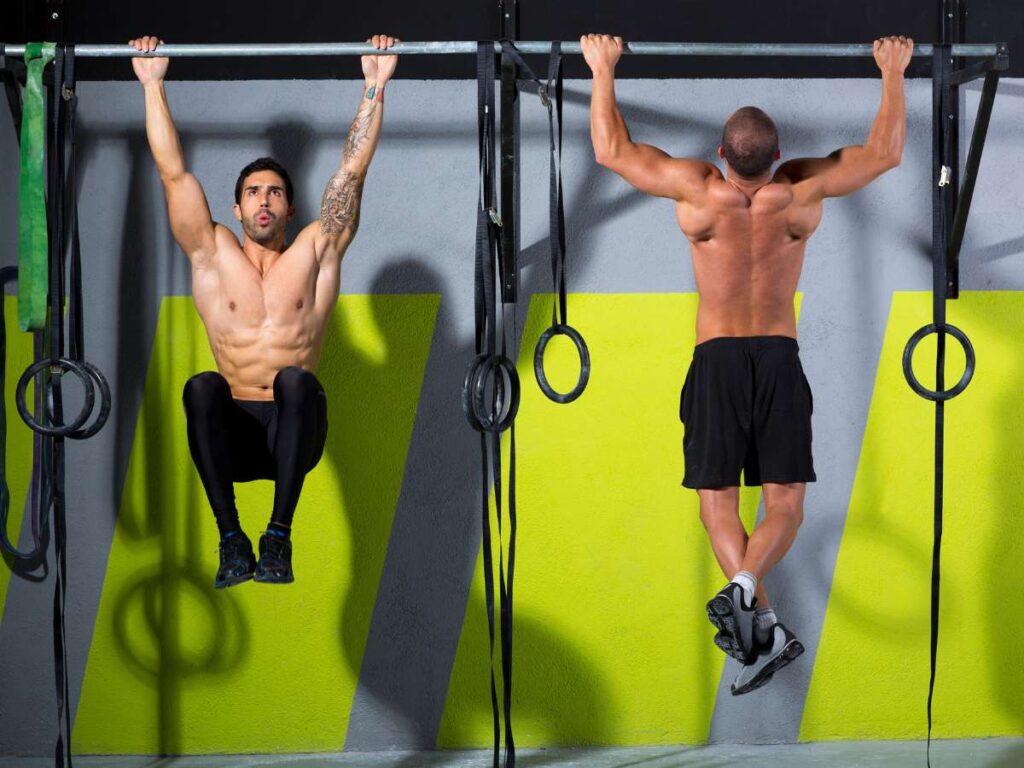
2. Strength Training Essentials
Let me be real with you—strength equipment makes or breaks a gym.
I’ve walked into too many places with treadmills, a few resistance bands, and maybe a bench. That’s not enough. If you want real progress—for beginners, athletes, or anyone in between—you need solid strength gear.
This section covers the essentials. The stuff that gets used daily. The gear that builds muscle, boosts confidence, and keeps people coming back.
Adjustable Dumbbells (or Full Dumbbell Sets)
If space is tight, adjustable dumbbells are a smart pick. I’ve seen them in tiny studios and big commercial gyms.
They’re:
- Easy to store
- Quick to change weights
- Great for home or multi-user setups
If you’ve got the room and budget, a full rack is even better. Look for:
- Steel cores for durability
- Rubber coatings to protect floors and reduce noise
- Clear weight labels, so no one grabs the wrong one
Dumbbells work for all levels. Curls, rows, shoulder presses—you name it. Everyone uses them.
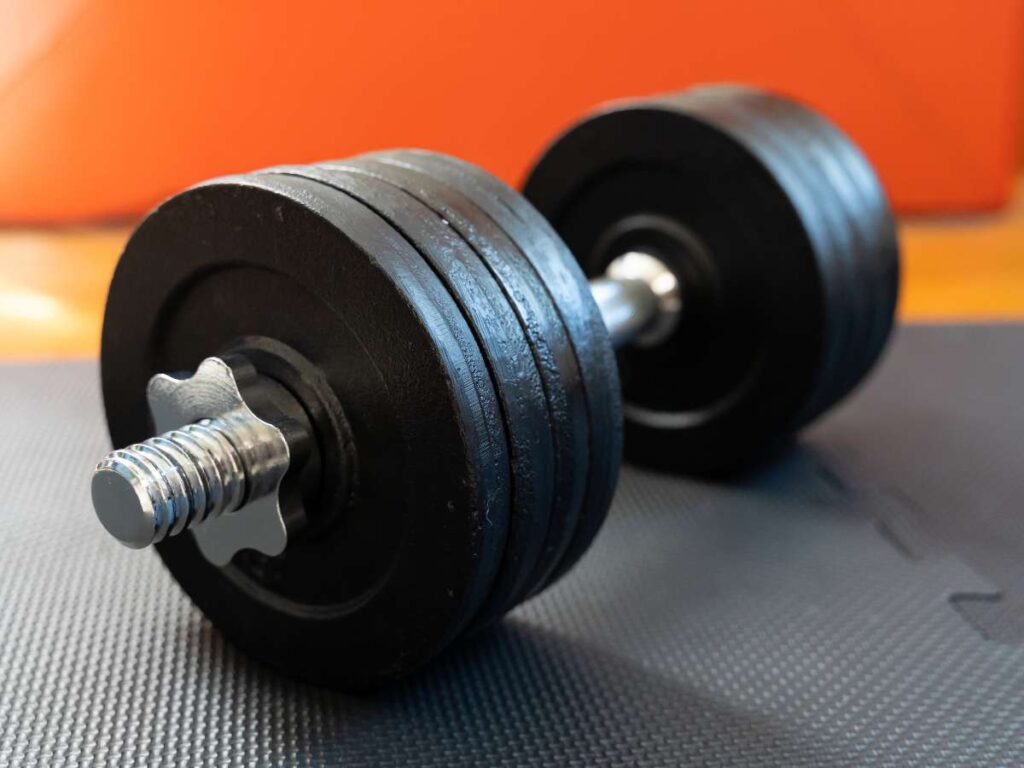
Barbells, Weight Plates & Collars
You can’t build real strength without these. Period.
Barbells are key for:
- Deadlifts
- Squats
- Bench presses
- Overhead lifts
I always recommend Olympic bars—20kg for standard, 15kg for women’s bars. They hold up over time and match most plate sizes.
For plates:
- Choose bumper plates to reduce noise and protect floors
- Go with color-coded options so lifters can spot weights fast
- Add spring collars or lock-jaws to keep weights secure
If you’re building a serious gym, this setup should be one of the first things you invest in.

Kettlebells
Kettlebells are one of my favorite tools. They’re small, but powerful.
With just one, you can do:
- Swings
- Snatches
- Squats
- Turkish get-ups
They’re great for cardio and strength at the same time. Perfect for classes or personal sessions.
You’ll want a range—4kg to 24kg is a good start. Some users may want heavier. Choose matte finishes or rubber coating for grip comfort and safety during high-speed movements.
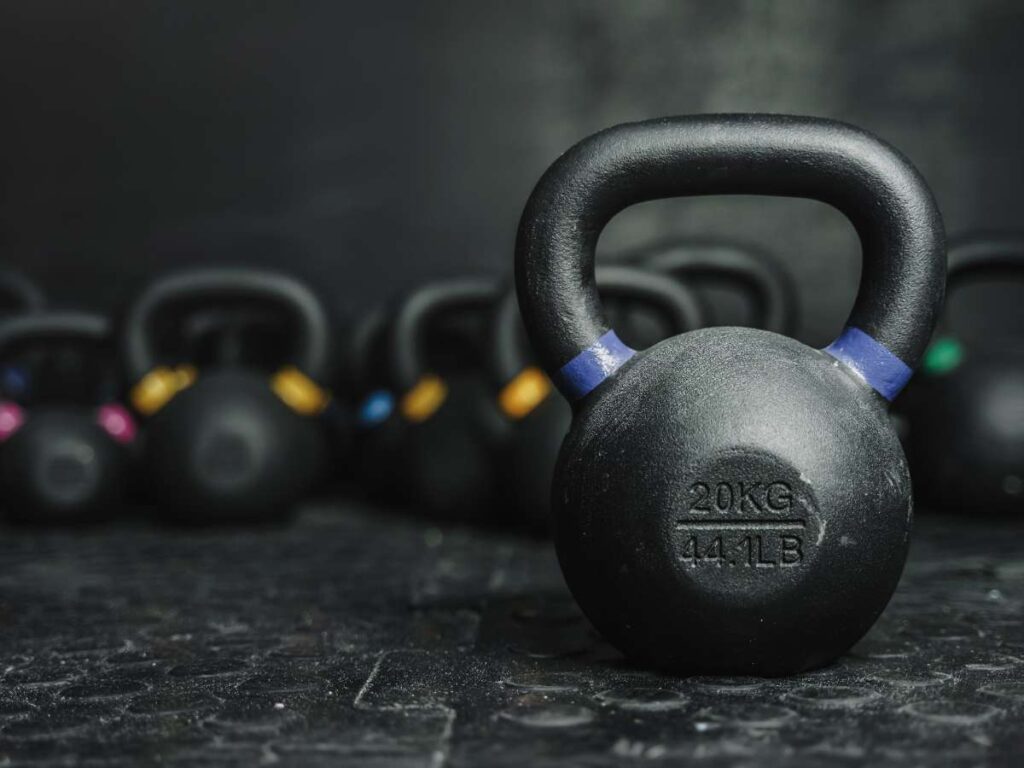
Power Racks and Smith Machines
Now we’re getting into the core of strength setups.
A power rack gives users the freedom to lift safely. Squats. Bench. Pull-ups. Rows. It’s all there.
Look for features like:
- Adjustable J-hooks for different heights
- Safety catches to stop dropped weights
- Plate storage pegs to keep things tidy
For newer users, Smith machines help with confidence. The bar moves in a fixed path, which makes squatting or pressing less intimidating.
I’ve seen both work well in combo. Racks for experienced lifters. Smith machines for people just getting started.
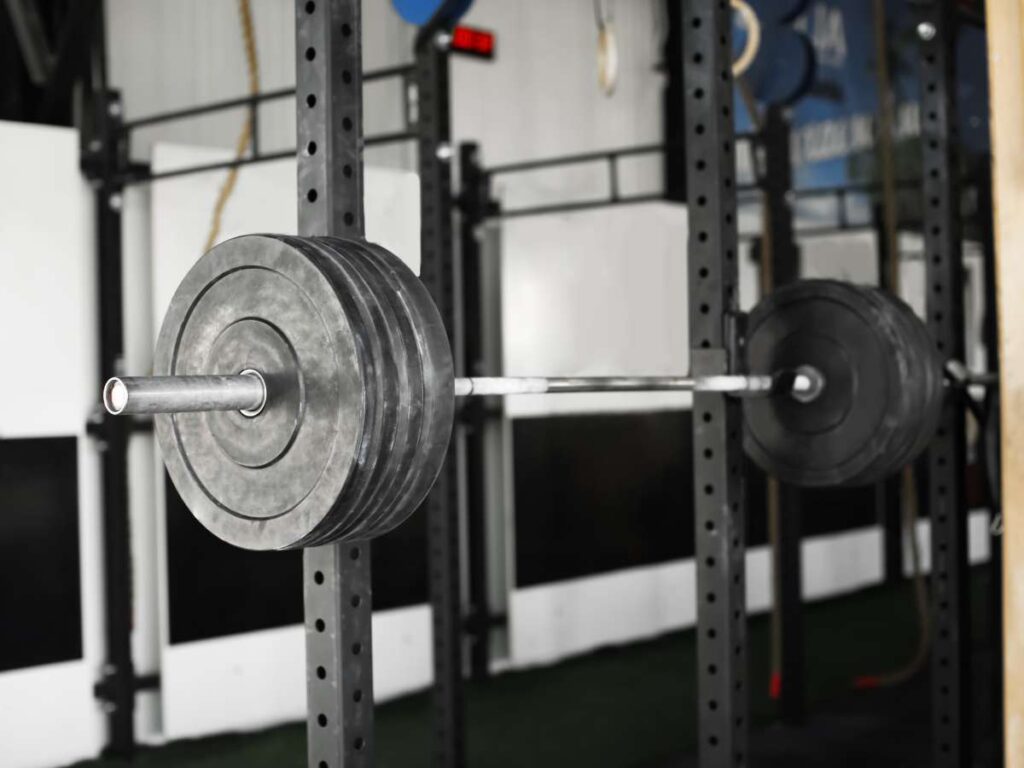
Cable Machines (Functional Trainers)
I used to think cables were just for rehab work—until I actually used one properly.
Functional trainers offer over 50 exercises in one compact unit. Think:
- Lat pulldowns
- Triceps pushdowns
- Chest flys
- Core twists
- Leg work
They have dual adjustable pulleys that move up and down. That means anyone, any height, can find the right angle.
They’re great for personal training, too. One coach, one client, endless options.
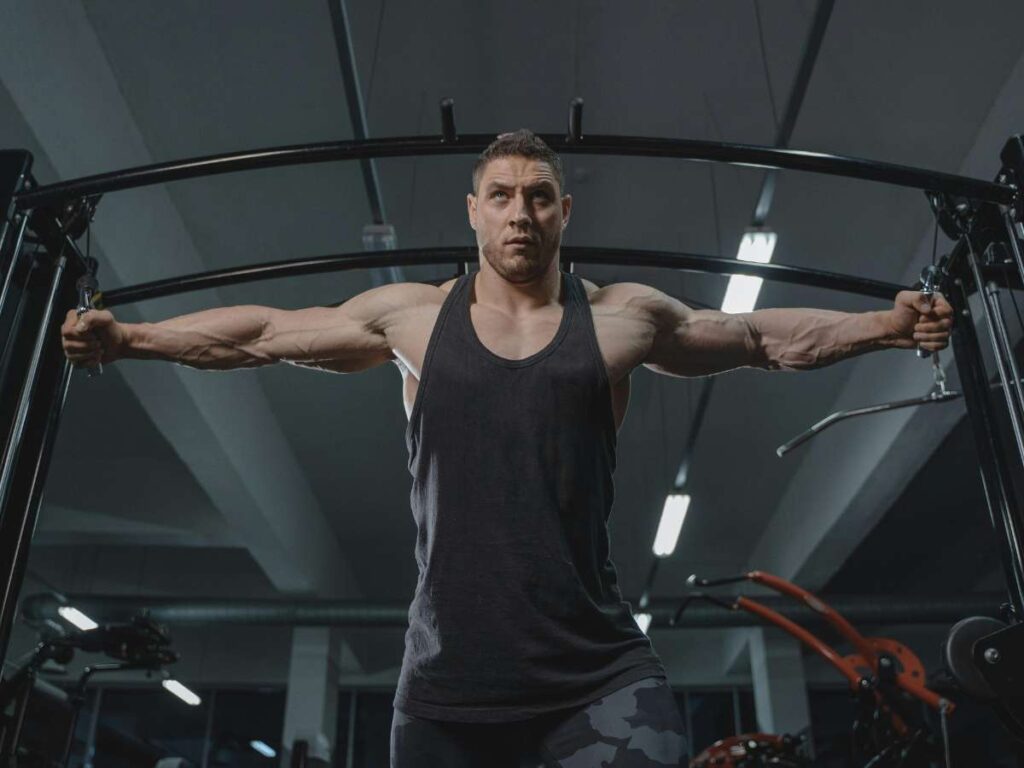
Benches (Flat, Adjustable, Decline)
No gym is complete without a solid bench.
You need them for:
- Chest presses
- Dumbbell rows
- Core work
- Step-ups
Adjustable benches let users do incline, flat, and decline moves. More variety = better use.
Make sure of the bench:
- Has wheels and a handle so it’s easy to move
- Feels stable under load
- Has a pad that’s firm but not too hard
Some people avoid benches because they think they’re simple. But I’ve seen benches in use all day in busy gyms. Getting your strength setup right isn’t about buying everything. It’s about getting the gear people actually use.
Start with the essentials. Build from there. And choose equipment that helps every person lift better—no matter where they start.
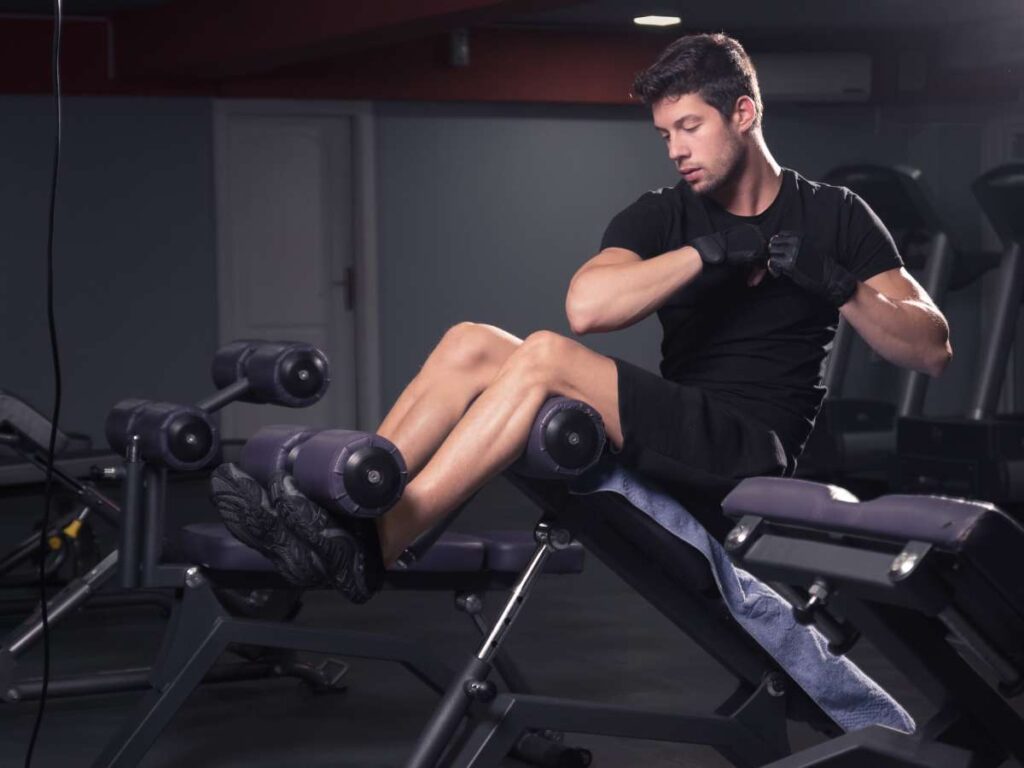
3. Cardio Equipment (For Heart Health, Weight Loss, Endurance)
The sound of footsteps on a treadmill. The quiet hum of a rowing machine. The steady push and pull of an elliptical.
That’s what cardio feels like in a good gym.
Cardio equipment isn’t just for burning calories—it’s often where people start. Whether someone wants to lose weight, boost their heart health, or just move more, this is their entry point.
And if your setup doesn’t make cardio easy and inviting? People walk right back out. Here’s what I’ve seen work best over the years.
Treadmills
Treadmills are the heartbeat of most gyms.
They’re familiar. People know how to use them. And they work for all fitness levels—whether someone is walking, jogging, or training for a race.
Here’s what to look for:
- Auto incline for hill training
- Strong motor (3.0 HP or more) to handle daily use
- Large deck for safe foot placement (especially for taller users)
- Pre-set programs to guide beginners
- Heart rate sensors to track cardio zones
Tip: Don’t skip on shock absorption. It protects knees and makes each step smoother.
Ellipticals
I’ve recommended ellipticals to countless people with bad knees or tight hips.
They offer a low-impact workout that still gets the heart pumping. That makes them perfect for:
- Older users
- Beginners easing into cardio
- Anyone recovering from injury
Make sure your elliptical has:
- Forward and reverse motion to train different muscles
- Magnetic resistance for smooth and quiet operation
- Digital console with time, distance, and calories burned
They’re quiet, joint-friendly, and take up less space than you’d think.
Rowing Machines
I used to overlook rowers—until I got on one.
Now? It’s one of my favorite cardio tools. It hits about 85% of your muscles in every stroke. Back. Legs. Core. Arms.
Rowers are great for:
- Fat loss
- Endurance
- High-intensity intervals (HIIT)
There are three main types:
- Air resistance: Feels most natural, noise varies
- Magnetic: Quieter, smooth feel
- Water: Realistic and calming, with swooshing sound
They don’t take up much room and are growing fast in popularity.
Stationary Bikes
I’ve seen both serious athletes and casual gym-goers use bikes.
They’re easy to hop on and safe for most joints. There are two main styles:
- Upright bikes: Like a regular bike. Tougher workout. Smaller footprint.
- Recumbent bikes: Laid-back seat. Back support. Easier for seniors or rehab.
Make sure the console includes:
- Time
- Calories
- Resistance levels
- Heart rate tracking (if possible)
Bikes don’t grab attention like treadmills—but they’re always in use.
Stair Climbers / Steppers
Ever tried one of these for five minutes? Your legs will feel it.
These machines give a vertical challenge—perfect for toning glutes, hamstrings, and calves. They’re more intense than they look.
Best suited for:
- Advanced users
- Bodybuilders
- Endurance athletes
They’re not always the first machine people use—but in high-end gyms and boutique setups, they’re a favorite Keep in mind: They’re taller and need floor space with overhead clearance.
Cardio gear isn’t one-size-fits-all. Some people want a slow walk. Others want to sweat hard. The right lineup gives everyone a place to start—and something to work toward.
4. Recovery and Flexibility Tools
You can have the best strength and cardio setup in the world—but if recovery isn’t part of the plan, things fall apart fast.
I’ve seen it happen. Members push hard for a few weeks. Then soreness, tightness, or small injuries show up. And just like that, they stop coming.
That’s why recovery and flexibility tools matter. They help people stay consistent. They keep bodies moving well. And they build a gym culture that’s about long-term health, not just quick results.
Foam Rollers
I use one of these almost every day. Before workouts. After workouts. Even on rest days.
Foam rollers help release tight muscles through what’s called myofascial release. That’s just a fancy way of saying they loosen up your body by pressing into sore spots
Keep a variety on hand:
- Soft density: Good for beginners and sensitive users
- Firm rollers: More pressure, deeper release
- Textured rollers: Target knots and deeper muscle layers
They’re low-cost and last a long time. I’ve seen them used in warm-up zones, stretching areas, and even in group classes.
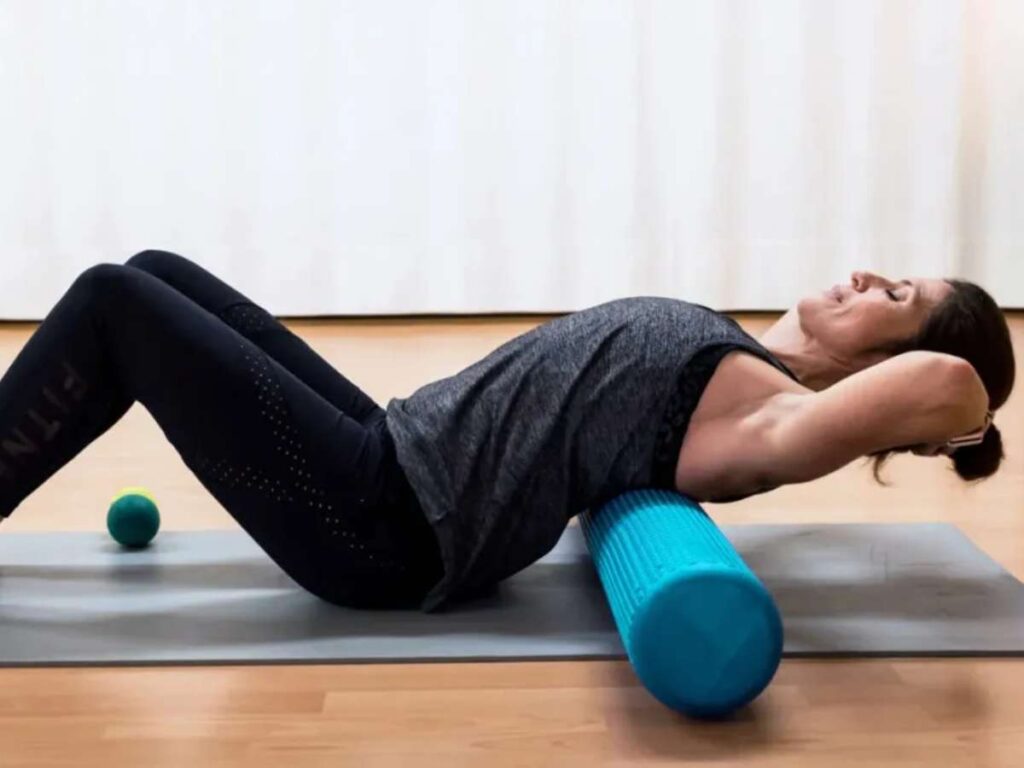
Massage Guns
These weren’t common a few years ago. Now? I see them in every serious gym—and in plenty of gym bags too. Massage guns use fast pulses to loosen tight muscles. They’re great after tough workouts or long days on your feet.
Users love them for:
- Deep muscle relief
- Quicker recovery
- Pain management
As a distributor or gym owner, this is a strong upsell. I’ve seen personal trainers use them during sessions. And clients always ask where to buy one. If you’re stocking a pro shop or online store, don’t skip this item.
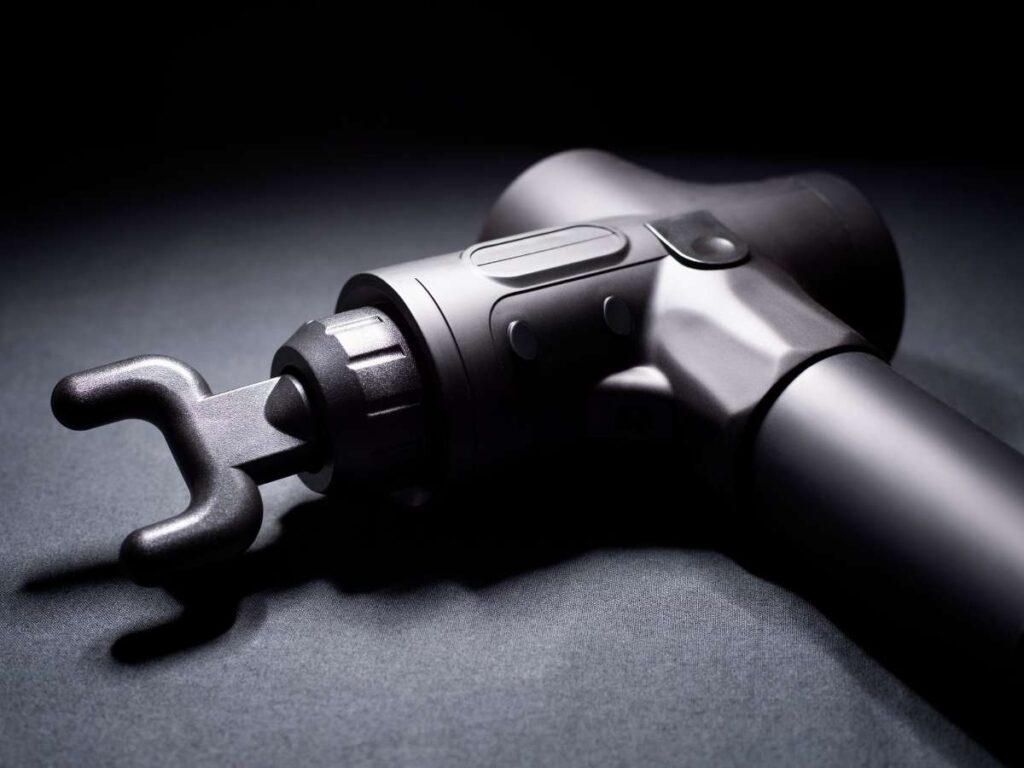
Stretch Bands & Mobility Straps
I like using these before and after lifting. They help me reach deeper stretches, especially for hips and hamstrings.
They’re compact, simple, and effective. Some people call them “assist bands” because they help users stretch further than they could alone.
Key uses:
- Dynamic warmups (movement-based stretching)
- Static stretches (holding a position to relax muscles)
- Post-rehab mobility training
They take up zero space and cost very little. But they add huge value for anyone serious about movement.
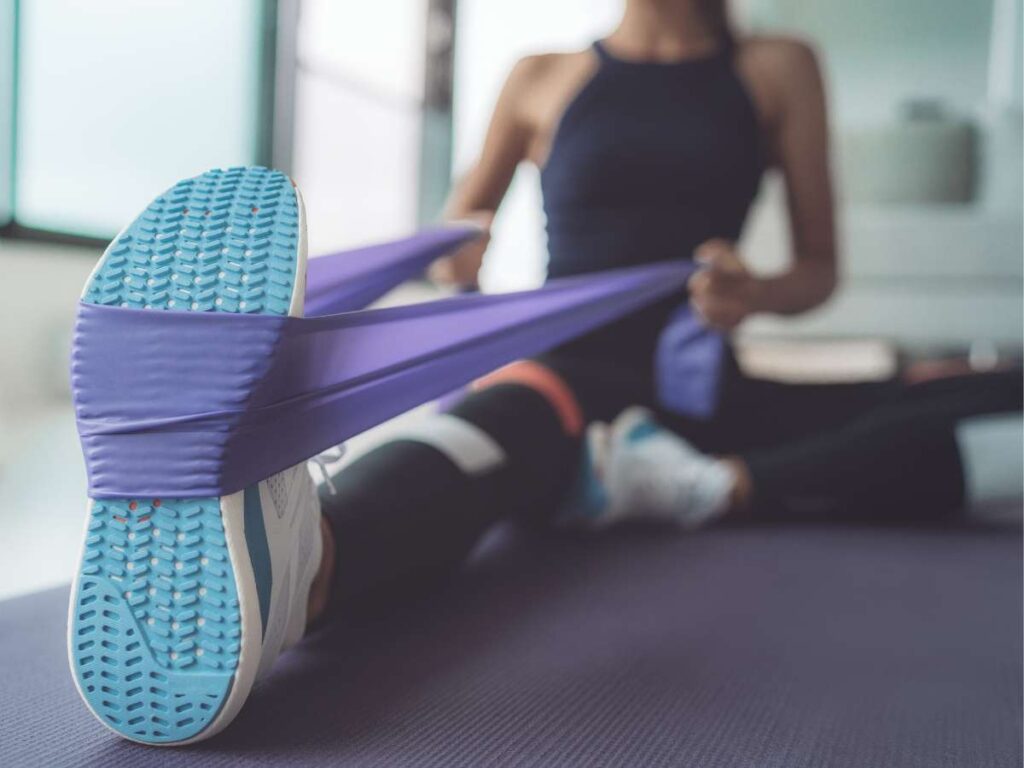
Yoga Mats, Blocks, and Wheels
Even if you’re not running yoga classes, you’ll want these.
Yoga mats work for stretching, Pilates, cool-downs, or bodyweight workouts. I’ve even seen lifters roll them out for core work after heavy lifts.
Add-ons like:
- Yoga blocks: Help beginners reach deeper stretches
- Wheels: Open up the spine and release tension
These are also great retail items. High turnover. Low storage needs. And everyone—from yoga fans to powerlifters—can use them.
Recovery gear isn’t fancy. But it’s powerful. You’re not just helping people train—you’re helping them keep training. That’s what builds trust, retention, and results that actually last.
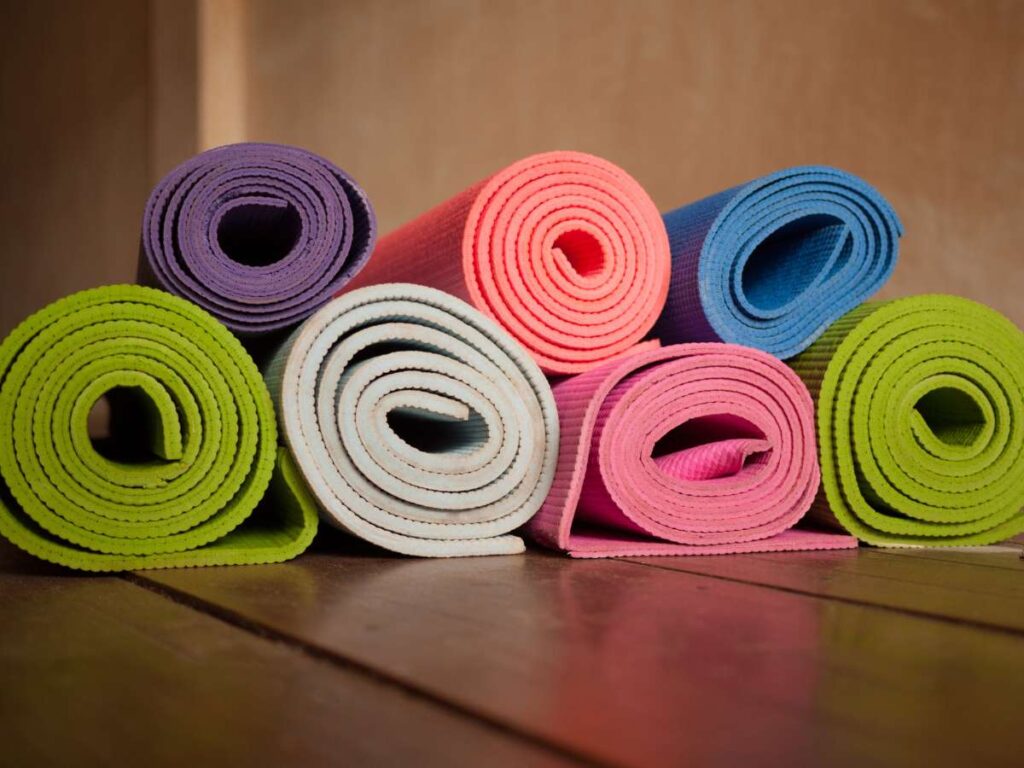
5. Equipment Bundles That Work for Different Gym Types
“I don’t know what to order. I just want to cover the basics without overdoing it.”
That’s what a gym owner told me when he called for help setting up his first facility. I’ve heard the same thing from boutique studios, apartment managers, and even corporate offices.
Buying random gear doesn’t work. What does work? Planning your bundle around how the space will be used—and who’s using it.
Large Commercial Gyms
These are the big spaces. Dozens of members at once. You’ll want gear that lasts, handles wear and tear, and doesn’t leave anyone waiting in line.
At Yr Fitness, we provide equipment that’s built for high traffic and heavy use. Our commercial-grade line includes options that are durable, repeat-use ready, and easy to maintain.
Top priorities:
- High durability
- Variety to suit all fitness levels
- Redundancy—more than one treadmill, more than one squat rack
Recommended mix:
- Cardio Zone: Multiple treadmills, rowing machines, upright and recumbent bikes
- Strength Area: Power racks, Smith machines, cable machines, dumbbells, barbells, benches
- Functional Training Zone: Kettlebells, sleds, battle ropes, TRX, plyo boxes
We help you map out clear training zones and select gear that supports beginners and pros alike.
Boutique Studios (HIIT, Functional, Group Training)
I love working with studios like this. The energy is high. The equipment needs to move fast. Setup and breakdown have to be simple.
Our equipment at Yr Fitness is built for speed and flow—ideal for HIIT circuits, functional drills, and group sessions that don’t stop moving.
Top priorities:
- Fast setup and reset
- Compact equipment
- Gear that supports full-body training
Recommended tools:
- Battle ropes
- Plyometric boxes
- Slam balls
- Suspension trainers (like TRX)
- Dumbbells
- Adjustable benches
Everything should be easy to grab and store. I’ve seen these studios thrive when they keep things minimal—but effective.
Apartment / Corporate Gyms
I once helped redesign a corporate fitness room. The space was clean—but silent. No one used it.
The problem? Complicated gear and loud machines.
Top priorities:
- Quiet operation
- Easy to use without a trainer
- Low maintenance
Best gear for the job:
- Recumbent bikes: Easy on joints, safe for all ages
- Ellipticals: Low-impact and intuitive
- Cable machines: Simple, adjustable, and offer variety
- Adjustable dumbbells: Save space and cover all strength levels
- Yoga mats and foam rollers: For warm-up and cooldown
Keep it simple. Clear signs and instructions go a long way here.
Personal Training Studios
Trainers know what they need. They want control. They want compact setups. And they want tools that adjust for every client’s goal.
Top priorities:
- Easy customization
- Compact storage
- Trainer-friendly tools
Ideal bundle:
- Resistance bands and loops
- Kettlebells
- Flat and adjustable benches
- Versatile machines like functional trainers or Smith combos
I’ve seen trainers do full-body sessions with just 5 pieces of gear. It’s not about how much you have—it’s about how well you use it.
Whether you’re building a gym from scratch or restocking a small space, the right bundle saves money, avoids clutter, and keeps users happy.
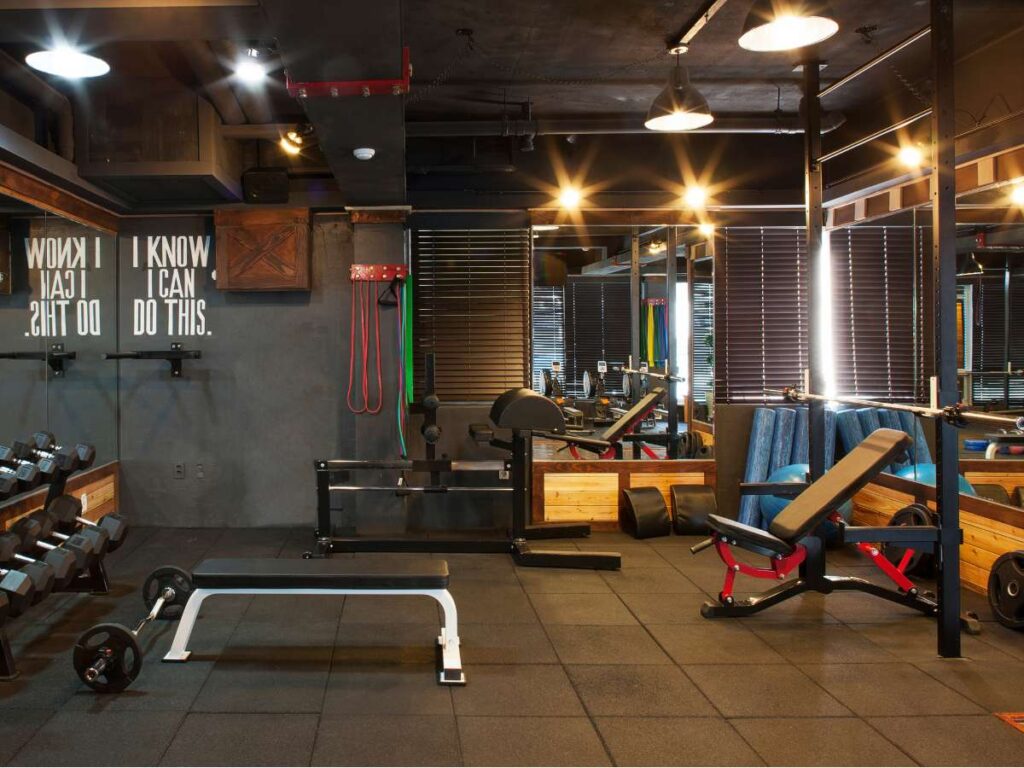
Conclusion
Back when I walked into that empty gym with almost no equipment, I had no idea what was missing.
Now you do.
You’ve got a full list—for strength, cardio, recovery, and everything in between. You know what fits where. What works. And what lasts.
It’s time to stop guessing. Start building a gym that people love coming back to.
What’s the first piece of gear on your list?
Contact us today let’s build something strong—together.
Related articles:
